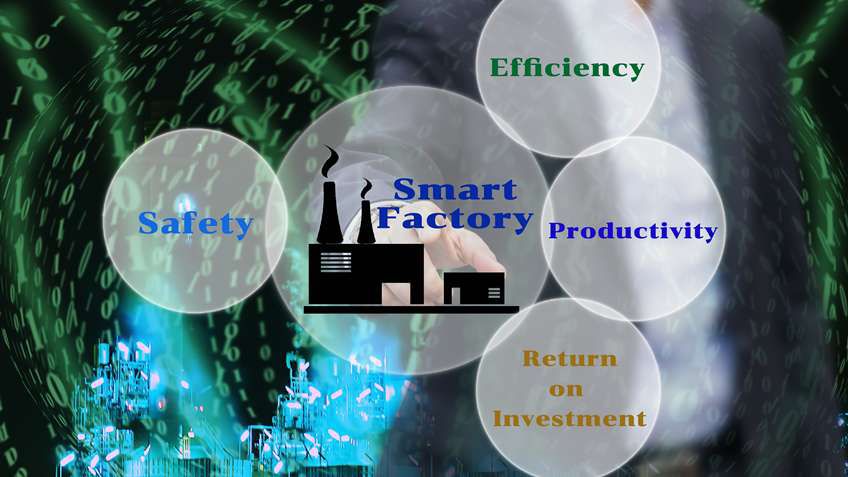Recommended For You
When it comes to safety in the modern automation environment, there are two big reasons that leaders should strive to be the best they can be.
First, and most obviously, the safety of your most important assets; your staff, your customers and your brand are at stake. That's true whether you are in charge of an oil platform or a consumer product manufacturing plant.
I don't need to talk about what safety failures can mean; industrial leaders are only too aware of examples in their own sectors of companies that have suffered injury, loss of life or loss of reputation and even legal proceedings against individuals.
So let's take a look at the second big reason – the bottom line.
Increasingly, industrial applications are seeing a convergence of safety and productivity at both a practical and strategic level. A major enabler of this is the amount of information becoming available to industrial leaders from a more Connected Enterprise.
At an equipment level, safety controllers, drives, motor starters and motion control devices are an example of how safety is no longer thought of as a bolt-on, more an integral part of the equipment design – and how they are expected to work safely in the functional performance of the equipment within the manufacturing plants.
In management and operational terms too, thanks in part to richer data becoming available for analysis through ever improving manufacturing execution systems (MES), safety is now an area leaders are looking to, for productivity improvements.
Inevitably, in any plant, maintenance and repairs will be necessary from time to time. In such instances, safety systems will often require the line or application to be shut down.
Over the course of time, planned and unplanned downtime is calculable and soon adds up to a sizeable negative effect on productivity.
Knowing this is the case, the speed at which safety shut-downs and start-ups can be performed and how much your safety systems can help identify and rectify issues can make a difference.
Many modern safety automation control solutions can slow the line down to a safe speed at the click of a button so that production can actually continue safely while engineers examine the issue.
That can reduce downtime, reduce product wastage and restarting the line or getting back to full speed can also be at the click of a button, reducing time lost to lengthy start-up procedures.
Making your safety system work towards and not against your productivity is a frequent topic of conversation for me with industrial leaders throughout EMEA – not surprising since Rockwell Automation is a world leader in safety solutions.
The starting point, as I often say, is about knowing what you have both in terms of expertise and practical needs, and what you can measure – how connected your information and operation technology is.
When safety is managed as a function of productivity, all new equipment added or old equipment updated should be checked for compliance and integrated into the line by a trusted ally. Safety auditing is a planned and regular process rather than an afterthought or a final hurdle.
Not all facilities will have the necessary safety expertise on staff, so choosing the right, trusted, safety allies and getting the right safety training is vital. Think of it in terms of the three C's – Culture, Compliance and Capital. These are measureable factors that can always be improved and will give you an idea of your Safety Maturity.
- A safety culture is about how your company behaves – its values, priorities, attitudes and beliefs.
- Compliance is about the procedural aspects and looks at how your company implements policies and procedures to stay compliant with relevant standards.
- Capital is about measuring the technical aspects of your company and its adoption of modern technologies shown to help improve both safety and productivity.
To catch up on my previous posts, follow the links here:
- Connected Decision Making for Manufacturers
- Industrial Leaders Don't Ask Me About IIoT
- Be Honest: How Secure Is Your Enterprise?
I'd like to thank the many people who have been in touch to extend the conversation via LinkedIn or more directly. I've had some great feedback, spoken to many interesting people and also learned a great deal too.
If you'd like me to blog about anything that affects you or your industry, let me know.
Published October 3, 2016

